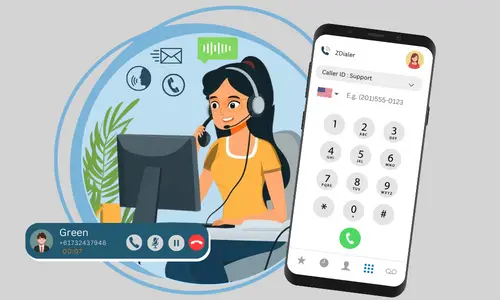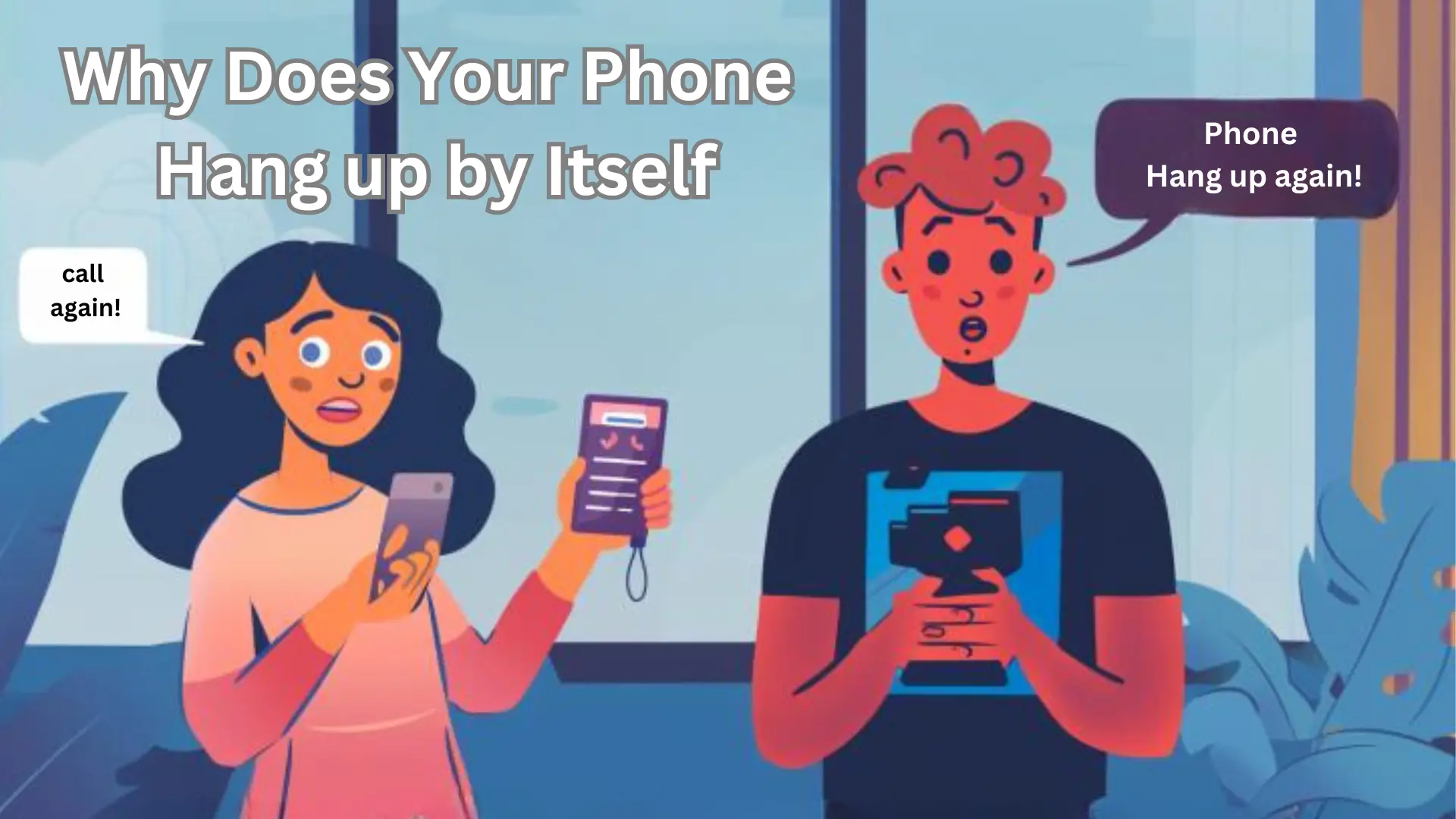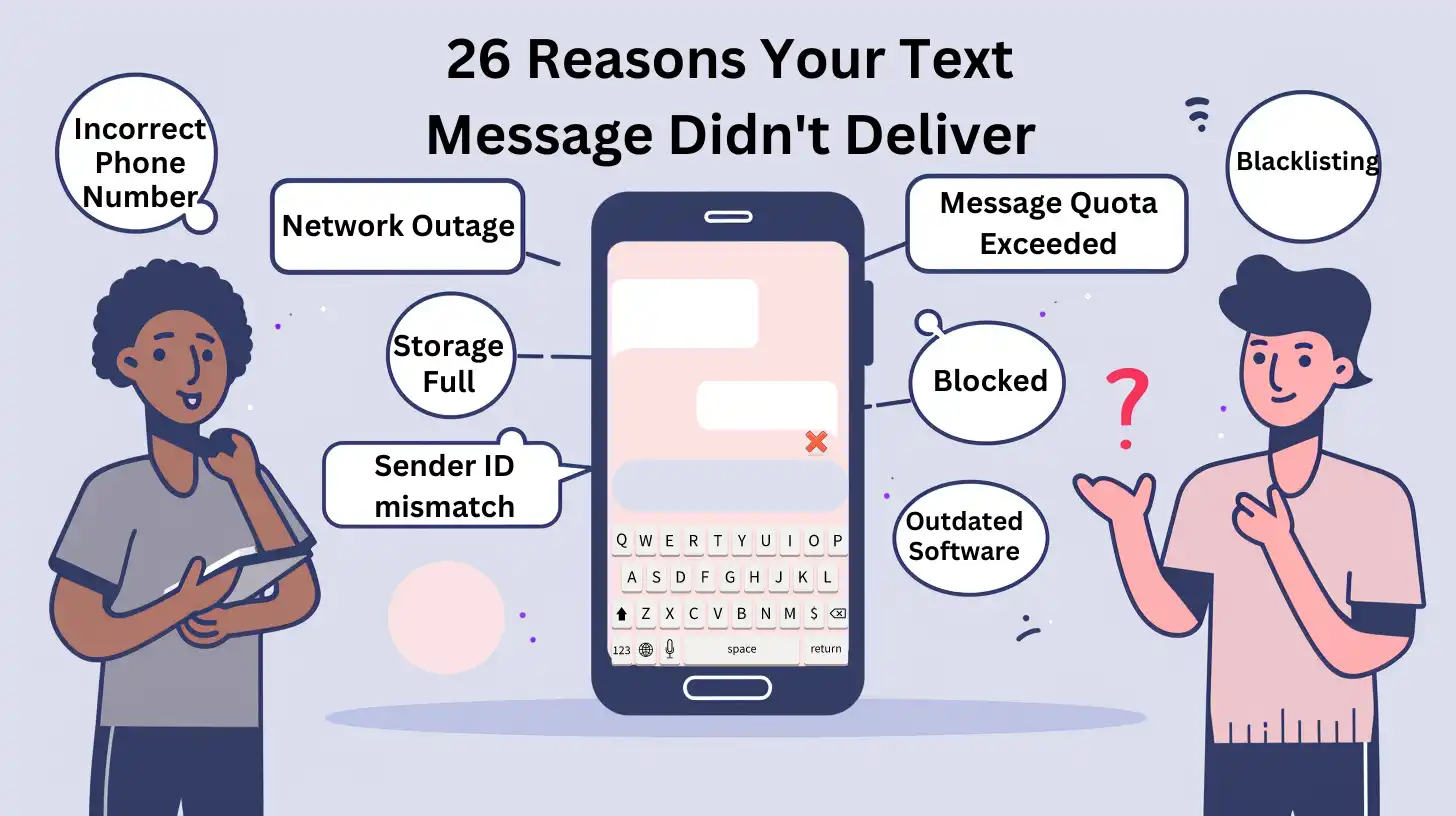Welcome to our comprehensive guide on handling your bad customers list. At My Country Mobile, we understand the importance of effective customer management strategies in maintaining a positive customer experience and driving business success. In this guide, we will explore the negative impact bad customers can have on your business and provide actionable tips and techniques for managing difficult customer interactions.
Dealing with problem customers can be a challenging task, but it is crucial for businesses to identify and address their concerns in a timely and effective manner. Whether it is managing customer complaints or creating a customer blacklist, there are several strategies you can implement to handle your bad customer list.
Join us as we dive into the world of customer management and explore the best practices for dealing with difficult customers.
- Effective customer management strategies are crucial for maintaining a positive customer experience.
- Bad customers can have a negative impact on your business and must be managed effectively.
- Creating a customer blacklist and implementing proactive problem-solving techniques are effective ways to handle difficult customers.
- Improving customer service skills and implementing customer retention strategies can foster loyalty and long-term relationships.
- Measuring and analyzing customer satisfaction is essential for identifying areas for improvement and implementing feedback mechanisms.
Understanding the Impact of Bad Customers on Your Business
Dealing with difficult customers is an inevitable part of any business, but if left unchecked, it can have a significant impact on customer relationship management, customer retention, and overall customer satisfaction. As a business, it’s important to understand the negative effects of bad customers and to develop strategies to manage them effectively.
One of the most significant impacts of bad customers is on customer relationship management. Difficult customers may demand excessive attention and resources, leaving less time and energy to devote to other customers. This can result in a decrease in overall customer satisfaction and may lead to a decrease in customer retention rates.
Speaking of customer retention, bad customers can also have a direct impact on this aspect of your business. If a customer has a negative experience with your business, they are unlikely to return and may even discourage others from using your products or services. This is why it’s so important to develop customer retention strategies that focus on building and maintaining positive relationships with your customers.
Effective customer relationship management and customer retention strategies can help mitigate the impact of bad customers. By actively engaging with your customers, addressing their concerns, and providing an exceptional customer experience, you can foster loyalty and build long-term relationships. Customers who feel heard and valued are more likely to remain loyal to your business, even in the face of occasional challenges.
In the next section, we’ll discuss how to identify and categorize bad customers, as well as how to create a customer blacklist to help manage these challenges effectively.

Dealing with difficult customers is an inevitable part of any business, but if left unchecked, it can have a significant impact on customer relationship management, customer retention, and overall customer satisfaction. As a business, it’s important to understand the negative effects of bad customers and to develop strategies to manage them effectively.
One of the most significant impacts of bad customers is on customer relationship management. Difficult customers may demand excessive attention and resources, leaving less time and energy to devote to other customers. This can result in a decrease in overall customer satisfaction and may lead to a decrease in customer retention rates.
Speaking of customer retention, bad customers can also have a direct impact on this aspect of your business. If a customer has a negative experience with your business, they are unlikely to return and may even discourage others from using your products or services. This is why it’s so important to develop customer retention strategies that focus on building and maintaining positive relationships with your customers.
Effective customer relationship management and customer retention strategies can help mitigate the impact of bad customers. By actively engaging with your customers, addressing their concerns, and providing an exceptional customer experience, you can foster loyalty and build long-term relationships. Customers who feel heard and valued are more likely to remain loyal to your business, even in the face of occasional challenges.
In the next section, we’ll discuss how to identify and categorize bad customers, as well as how to create a customer blacklist to help manage these challenges effectively.
Identifying and Categorizing Bad Customers
Dealing with difficult customers can be a challenging task. However, it is essential to know how to identify and categorize bad customers to manage them effectively. This step is critical in customer complaint resolution and managing difficult customers, which can lead to improved customer retention techniques.
Customer complaint resolution: One of the crucial steps in managing difficult customers is identifying and resolving their complaints. It is essential to have a structured process in place to address customer complaints, ensuring that they feel heard and their concerns are being addressed. This process should include recording and tracking the customer’s complaint, assigning someone to handle the complaint, and providing regular updates regarding the progress made.
Recognizing common traits and behaviors: Bad customers can exhibit various behaviors and traits that make them challenging to deal with. These may include expressing dissatisfaction even after their complaints have been resolved, making unreasonable demands, and being hostile and aggressive towards customer service personnel. Recognizing these behaviors and incorporating them into the categorization process can help manage difficult customers effectively.
Managing difficult customers: Once you have identified and categorized a difficult customer, the next step is managing them effectively. This process involves developing a strategy to handle their complaints, setting boundaries regarding what is and isn’t acceptable behavior, and ensuring that they receive the appropriate level of attention and support. Additionally, it is essential to have a plan in place to escalate the situation should it become necessary.

By categorizing and managing difficult customers, you can improve your customer retention techniques and maintain a positive customer experience. In the next section, we will discuss the importance of creating a customer blacklist and how it can help in dealing with problem customers.
Creating a Customer Blacklist
In order to effectively handle problem customers, it may be necessary to create a customer blacklist. This is a list of customers who have repeatedly caused issues or have engaged in behavior that is detrimental to your business. While it may be tempting to simply continue serving these customers in the hopes of maintaining their business, it is important to prioritize the overall satisfaction and well-being of your company.
Before adding a customer to the blacklist, it is important to have clear guidelines in place for when this action is necessary. These guidelines should be transparent and communicated clearly to all employees who interact with customers. Generally, customers should only be added to the blacklist after attempts have been made to resolve any issues and improve their behavior, with no success.
When adding a customer to the blacklist, it is important to handle the situation with sensitivity and professionalism. Inform the customer in a respectful manner that their behavior has not been acceptable and that they will no longer be able to do business with your company. Clearly outline the reasons for this decision and provide any necessary documentation or evidence to support your claims.
Managing difficult customers can be challenging, but it is a necessary part of effective customer management. By creating a customer blacklist and following clear guidelines for when to add customers to this list, you can ensure that your business is prioritizing the satisfaction and well-being of all customers, while also protecting your company from potentially harmful situations.

At My Country Mobile, we understand the importance of effective customer management and dealing with problem customers. That’s why we offer a range of customer satisfaction strategies and techniques to help businesses improve their customer retention and overall success. Contact us today to learn more!
Developing Strategies for Dealing with Bad Customers
At times, dealing with unhappy customers can be a daunting and stressful experience. However, it is important to approach these situations with empathy and a willingness to listen to their concerns. By improving customer relationships, businesses can increase customer satisfaction, and ultimately, customer loyalty.
One effective technique for dealing with unhappy customers is to actively listen to their complaints. By acknowledging their concerns, you can help to defuse the situation, and start to build trust. It is also important to communicate clearly and concisely, providing your customers with all relevant information they need to make informed decisions.
Another strategy is to focus on problem-solving. Take ownership of the situation and work with the customer to find a suitable solution. By involving them in the process, you can increase their satisfaction and build a stronger relationship.

Implementing a customer feedback management system can also be beneficial. By soliciting feedback from your customers, you can identify areas for improvement, and make the necessary adjustments. This can show your customers that you value their opinions and are committed to providing them with high-quality service.
Improving customer relationships requires ongoing effort and attention. By taking a proactive approach to customer service, you can build a loyal customer base that will not only provide repeat business but also refer others to your business as well.
Enhancing Your Customer Service Skills
At My Country Mobile, we understand that effective customer service is crucial to maintaining customer satisfaction, retention, and loyalty. That’s why we’ve compiled a list of customer service tips to help you improve your skills and build strong customer relationships.
First and foremost, it’s important to practice good phone etiquette. Answer calls promptly and professionally, and always greet the customer with a friendly tone. Speak clearly and enunciate your words to ensure that the customer can understand you.
Another key element of effective customer service is empathy. Put yourself in the customer’s shoes and try to understand their perspective. This will help you to communicate more effectively and build stronger relationships with your customers.
Active listening is also critical to providing exceptional customer service. Take the time to listen to your customers’ concerns and issues, and ask clarifying questions to ensure that you understand their needs.
When dealing with customer complaints or issues, it’s important to remain calm and professional. Use problem-solving techniques to identify a solution and communicate it clearly to the customer. This will help to build trust and confidence in your brand.

Ultimately, providing exceptional customer service is key to retaining customers and building brand loyalty. By incorporating these customer service tips into your daily interactions with customers, you can improve customer satisfaction and build stronger, long-term relationships.
Implementing Customer Retention Strategies
Now that we have discussed the negative impact of bad customers on your business and how to identify and categorize them, it’s time to focus on customer retention strategies. Losing a customer is not just a financial loss, but also a loss of valuable business relationships and potential referrals. Therefore, it’s essential to develop effective customer retention strategies to enhance customer satisfaction and improve customer relationships.
One of the most effective ways to retain customers is to provide personalized communication. Customers appreciate companies that take the time to learn about their preferences and tailor their communication accordingly. This can be achieved through various channels, such as email, social media, and personalized notes.
Loyalty programs are also a great way to retain customers. By offering incentives such as discounts, rewards, and exclusive offers, you can encourage customers to continue doing business with you. This can also help in increasing customer lifetime value.
Proactive problem-solving is another retention strategy that can help in improving customer relationships. By anticipating and addressing customer issues before they become bigger problems, you can develop a reputation for exceptional customer service.
Ultimately, the key to retaining customers is to maintain a positive customer experience. Customers are more likely to stick with businesses that consistently exceed their expectations. By regularly assessing customer satisfaction and implementing feedback mechanisms, you can identify areas for improvement and enhance the overall customer experience.

In conclusion, implementing effective customer retention strategies is crucial to managing your bad customers list and ensuring long-term business success. By providing personalized communication, offering loyalty programs, and proactive problem-solving, you can improve customer relationships and enhance customer satisfaction. Remember to regularly measure and analyze customer satisfaction to identify areas for improvement and maintain a positive customer experience.
Measuring and Analyzing Customer Satisfaction
Measuring customer satisfaction is essential to understand how your customers perceive your brand, products, and services. Gathering feedback through surveys, feedback forms, and complaint resolution processes can provide valuable insights into areas that need improvement.
One effective way to measure customer satisfaction is to use the International Net Promoter Score (NPS). This metric asks customers to rate how likely they are to recommend your business to others on a scale of 0-10. Based on their responses, customers are categorized as Promoters (9-10), Passives (7-8), or Detractors (0-6). Calculating the percentage of Promoters minus Detractors gives your NPS score.
Another useful metric is the Customer Effort Score (CES), which measures how easy it was for customers to resolve an issue or complete a task. This metric can help identify areas of friction in the customer journey and improve processes to reduce customer effort.
It’s important to regularly analyze customer satisfaction data to identify trends and patterns. This analysis can highlight areas where improvements are needed to enhance the customer experience and increase customer retention.

Customer complaint resolution is a critical aspect of measuring and improving customer satisfaction. Promptly addressing customer complaints and concerns can mitigate negative feedback and prevent customers from churning. When resolving complaints, it’s essential to actively listen to the customer, empathize with their situation, and offer a personalized solution that meets their needs.
Incorporating customer feedback management into your overall customer service strategy can help strengthen customer relationships and drive long-term business success.
Conclusion
Managing a bad customers list can be a daunting task, but it is essential for the success of any business. Effective customer management strategies and customer retention techniques can help businesses maintain positive customer relationships and prevent the negative impact of bad customers.
By understanding the impact of bad customers on your business, identifying and categorizing them, and creating a customer blacklist, you can effectively deal with problem customers and maintain a high level of customer satisfaction. Developing strategies for dealing with bad customers, enhancing your customer service skills, and implementing customer retention strategies can also help you build long-term relationships with your customers and foster brand loyalty.
Measuring and analyzing customer satisfaction through feedback mechanisms such as surveys and complaint resolution processes can provide valuable insights for improving your customer management and retention strategies.
At My Country Mobile, we understand the importance of effective customer management and retention. We hope this comprehensive guide has provided you with actionable tips and techniques for handling a bad customers list and improving your overall customer satisfaction. Let’s work together to build strong, positive relationships with our customers and achieve long-term business success!
Frequently Asked Questions
What is a bad customers list?
A bad customers list refers to a compilation of customers who have consistently caused problems or proved difficult to deal with. These customers may exhibit behaviors such as frequent complaints, non-payment, or unreasonable demands.
Why is effective customer management important?
Effective customer management is crucial for maintaining a positive customer experience and fostering long-term relationships. It helps in improving customer satisfaction, enhancing customer retention, and ensuring the overall success of a business.
How do bad customers impact a business?
Bad customers can have a negative impact on a business in several ways. They can strain customer relationships, decrease customer satisfaction, and potentially harm the reputation of the business. Additionally, dealing with difficult customers can consume valuable time and resources.
How can I identify and categorize bad customers?
To identify and categorize bad customers, look for common traits and behaviors such as frequent complaints, late payments, or a history of unreasonable demands. Categorizing them based on the severity of their behavior can help in effectively managing difficult customer interactions.
What is a customer blacklist?
A customer blacklist is a compilation of customers who have been deemed problematic and are no longer considered ideal customers. It serves as a tool for tracking and managing problem customers, allowing businesses to focus their resources on more valuable relationships.
How do I create a customer blacklist?
Creating a customer blacklist involves determining specific criteria for identifying problem customers, such as repeated incidents of non-payment or excessive complaints. Once the criteria are established, customers meeting the criteria can be added to the blacklist and managed accordingly.
What strategies can I use to deal with bad customers?
When dealing with bad customers, effective communication strategies, active listening, and problem-solving techniques are essential. It is important to remain calm, empathize with their concerns, and work towards finding mutually beneficial solutions. Seeking customer feedback can also help in improving relationships and resolving issues.
How can I enhance my customer service skills?
Enhancing customer service skills involves practicing proper phone etiquette, showing empathy towards customers’ concerns, and effectively resolving conflicts. Active listening, effective communication, and a positive attitude play crucial roles in ensuring a satisfactory customer experience.
What are some customer retention strategies?
Customer retention strategies include personalized communication, loyalty programs, and proactive problem-solving. By consistently delivering value and maintaining a positive customer experience, businesses can foster loyalty and strengthen relationships with their customers.
Why should I measure and analyze customer satisfaction?
Measuring and analyzing customer satisfaction allows businesses to identify areas for improvement and make data-driven decisions. Customer surveys, feedback forms, and complaint resolution processes help gather valuable insights, enabling businesses to enhance their customer experience and retain satisfied customers.
What is the importance of effective customer management strategies?
Effective customer management strategies are essential for businesses to handle a bad customers list successfully. These strategies help in maintaining positive relationships, improving customer satisfaction, and fostering long-term loyalty. By implementing these strategies, businesses can minimize the negative impact of bad customers and optimize their overall customer management processes.






















